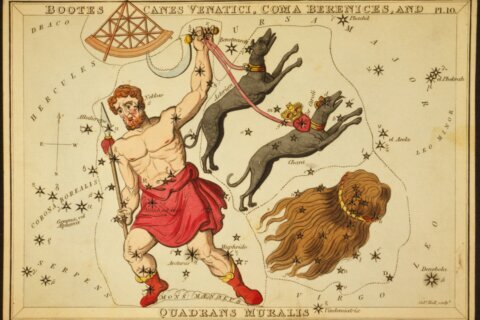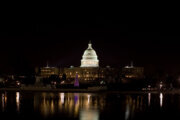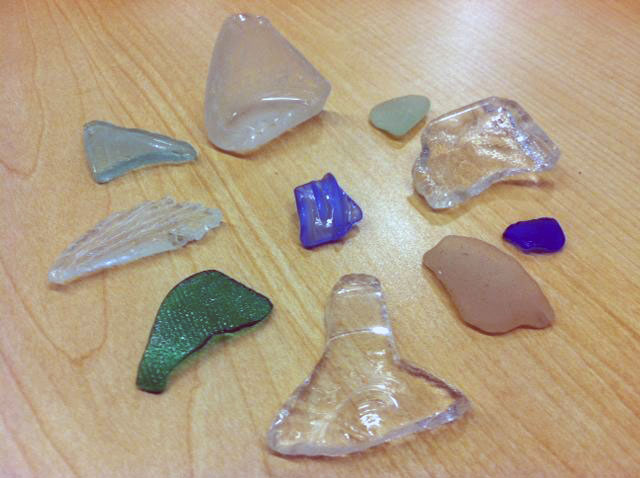
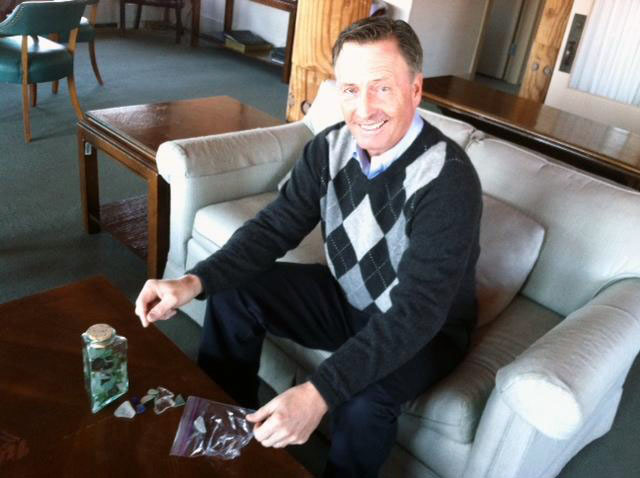
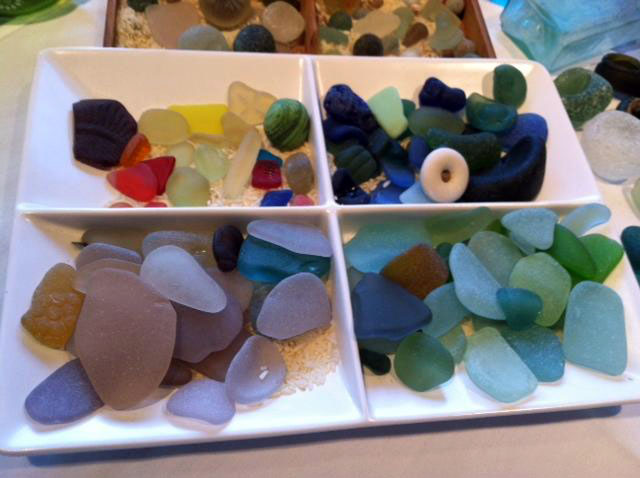

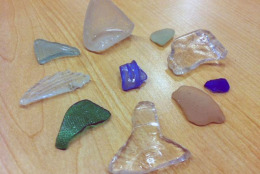

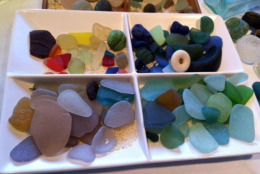
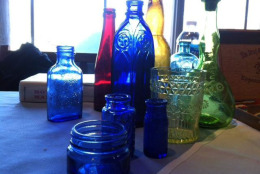
Michelle Basch, wtop.com
WASHINGTON – They can be found just about anywhere on the beach: glittering jewel-like shards called sea glass.
To some they look like hunks of shiny junk, but in reality, they truly are special.
Author Richard LaMotte, a resident of Maryland’s Eastern Shore, researched the origins of sea glass and wrote a book about the subject called “Pure Sea Glass.” He says most sea glass comes from bottles.
“Bottle glass became disposable in the late 1800s and early 1900s, and so as these things were thrown out they would be thrown out in dumps next to bays or rivers, and they were broken into pieces. They’d be tumbled, let’s say in the Chesapeake, for years. Decades. And as these get tumbled up, they actually turn into these shapes that people like to use in jewelry or other types of craft that really take a jewel-like patina and frosting to it.”
The most commonly found colors are kelly green, brown and white, also described as clear.
“Red, most people think right away is the rarest color, but, by far it’s orange, and the reason for that is there was never any mass produced orange bottles that people would just drink and throw away,” LaMotte says.
Before an appearance earlier this year at the Calvert Marine Museum, LaMotte agreed to look at some pieces of sea glass this reporter collected through the years.
One piece is soft green, a color that was common 100 years ago. LaMotte says modern pieces of green sea glass usually come from Coca-Cola bottles. This shard doesn’t have the ribs of a classic Coca-Cola bottle, so LaMotte believes it dates to about 1900 or 1910.
Another piece is cornflower blue, with raised lines on it that look like the top of a bottle where a cap screws on.
“You can see the screw-cap closure there, so that’s probably a 1930s-1940s Milk of Magnesia bottle,” LaMotte says.
Although LaMotte says there are some good places around the Chesapeake Bay to find sea glass, overall it’s becoming harder to find. One reason is the modern transition from glass containers to plastic.
More tips for sea glass hunters:
- If you find a piece of broken bottle that’s particularly thick, it probably means the glass is older.
- Another indicator that a bottle is especially old is bubbles in the glass.
- Bottles that don’t have what looks like a tire tread marking on the bottom were most likely made before 1960. The tread is used to get the bottles quickly off the production line.
The Sea Glass Association offers more information on sea glass.
Follow Michelle and WTOP on Twitter.
(Copyright 2012 by WTOP. All Rights Reserved.)

